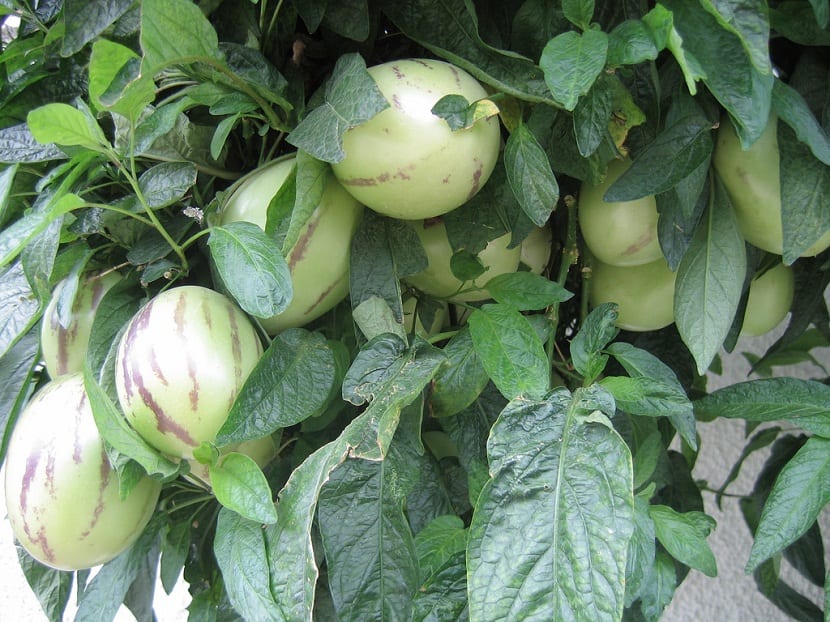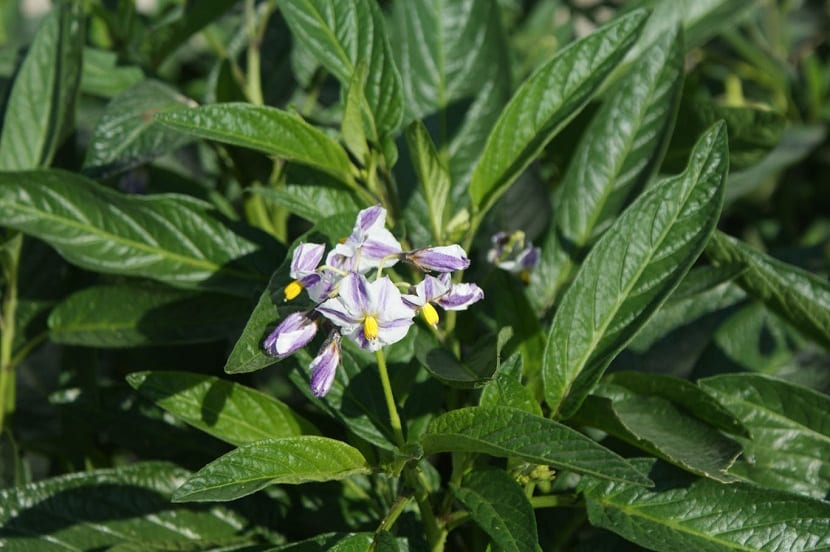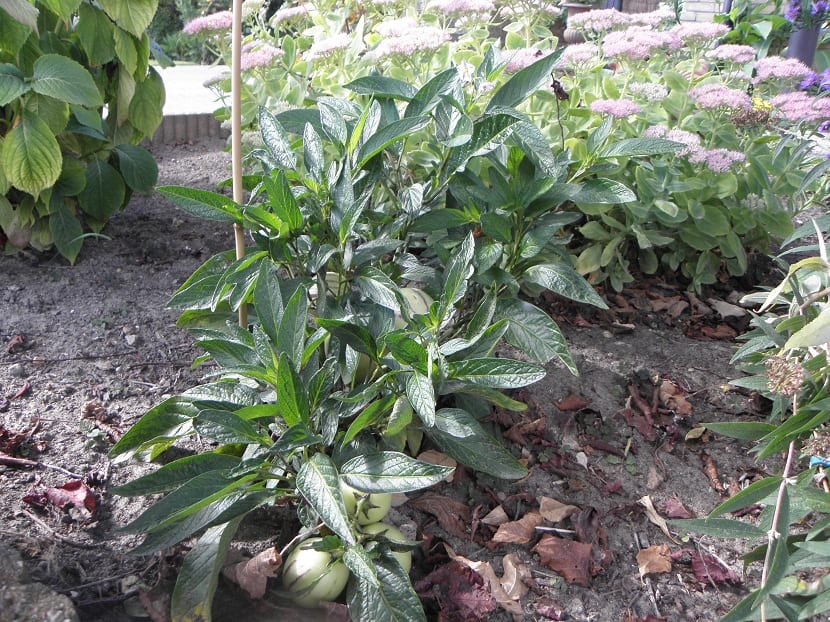
La pear melon It is a somewhat unknown futa and it is that when the temperatures begin to rise and summer approaches, the heat brings with it a change in customs that includes the way of dressing and the food to be consumed. Fruits and vegetables with high water content are ideal for heat that provide vitamins and minerals, beneficial for health.
From the Andean lands comes a refreshing culinary option known as melon pear. Is refreshing sweet-tasting fruit it can be present in different culinary presentations as an option for spring and summer meals.
From

As well it is possible to incorporate it into our garden and thus have an interesting variety to grow in temperate climates. There is documented evidence of the cultivation of the melon pear before the discovery of America. Pre-Hispanic drawings on clay tableware show that its cultivation and consumption was common, especially in the Andean Moche, Paracas and Chimú cultures. This species is a flowering plant of the Solanaceae family.
During the colonization its consumption was prohibited and it was reestablished again in Central America and Mexico. Its export is recent, since it does not tolerate long trips very well, but nevertheless the crop has been introduced in countries such as the United States, Spain, Australia and New Zealand. This food has the scientific name of Solanum muricatum and it has different popular names such as: sweet cucumber, melon or fruit, tree melon and xachum, cachum and kachuma.
Characteristics of the melon pear
There are many varieties of the perennial pear melon in the Andean country of Peru and all adapt to different types of soil. The Polytechnic University of Valencia in Spain developed two cultivable varieties for Europe that are sweet long and sweet round. It is grown annually and shows a branched appearance. The roots reach 60 cm deep with a higher percentage in the first 45 cm, the stems are herbaceous and lignify over time and the colors of the branches are usually green or purple in some varieties.
The leaves have a lanceolate shape that can measure from 10 cm to 30 cm and they are composed of three or seven leaflets, the hermaphroditic flowers are between five and twenty flowers per cluster, the petals are white with small purple streaks and sometimes the streaks completely cover the flower or are totally white.
The seed is small and one gram can contain up to 900 units. They are used for genetic improvements of the plant but not for reproduction, so it is preferable to plant by cutting. This is because the species is heterozygous and the seeds give poorly homogeneous plants. The flavor is mild and does not tend to permeate the palate. Depending on the level of maturation can be consumed as a fruit or ingredient for summer salads.
Composition and properties
The melon pear is a fruit with a high percentage of water, approximately 90%, in addition to low in calories, fiber, minerals and vitamins. The potassium content is medium and the vitamin C content is high, for these reasons it is a very diuretic food and ideal for low-calorie diets. Its consumption is also beneficial for people with heartburn and constipation problems and is very useful to control and prevent cardiovascular diseases, as it helps eliminate cholesterol. It has anti-inflammatory properties and relieves flu symptoms.
Cultivation and care

The ideal climate for the cultivation of the melon pear are those with a benign climate and close to the sea, since it is a cold sensitive plant, with potentially fatal temperatures below 12 ° C. It is also necessary to take care of it from strong winds. It is recommended that the soil has good drainage although it will resist accumulations of water well. The sowing is done by cutting, for which the semi-woody 10 to 20 cm in length are used. They are planted directly in the ground and some substrate is added to it.
In Mediterranean areas there are two growing cycles, one is planted in early January and harvested between May and June and the second is planted between July and September and harvested in January. having to maintain the humidity of the soil without exceeding.
The level of resistance to pests is high, that is, can be attacked by a wide variety of them without affecting the crop, so this makes it very resistant. Some of the pests or diseases that can affect it are the Red spider, aphids, whiteflies and potato beetle. All are treated with the indicated pesticides and insecticides for the care and health of the plant.
What care does the melon pear need, is it indoors or outdoors
Hello Oscar.
It is a plant sensitive to cold, needing protection if the temperature drops below 12ºC.
In the article you have more information.
Greetings.
How do you know it's ripe?
Hello isbael.
When it has reached its maximum size, and if when you touch it you notice that it is a little soft, then you can take it 🙂
A greeting.